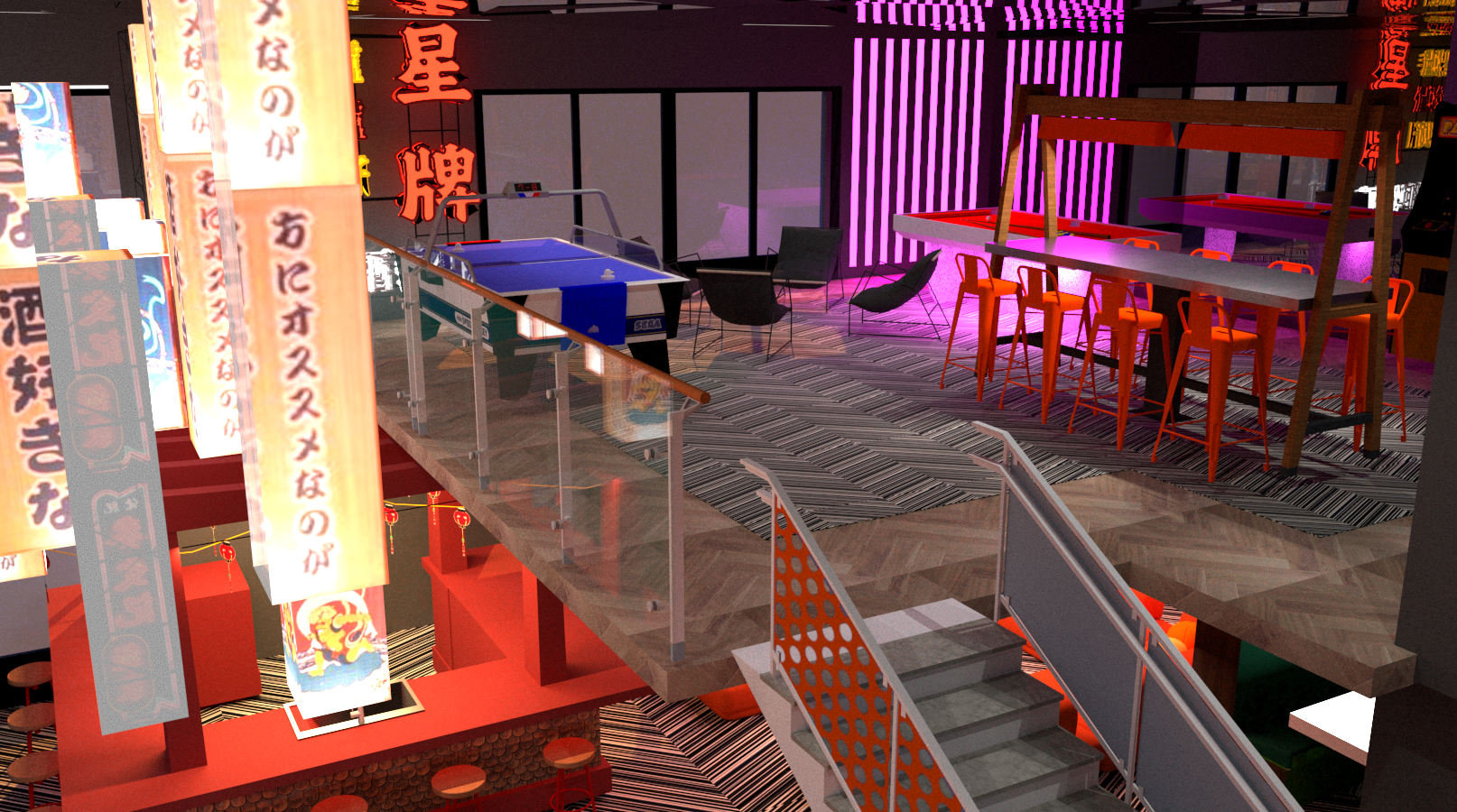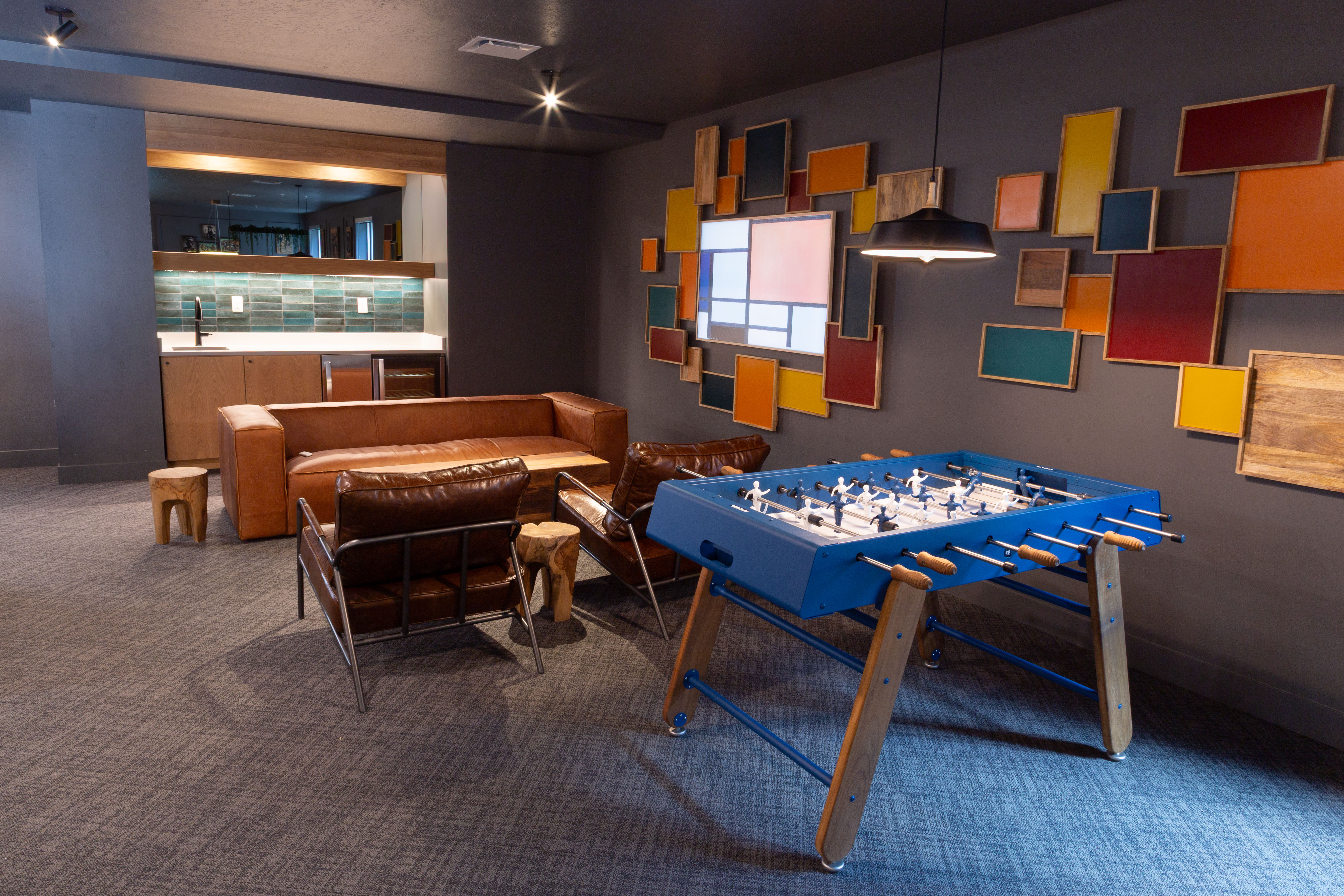The future of adaptive reuse is not just in uber-mega projects but in the small spaces that bring people together. Its time to start thinking small.
Went out for coffee this weekend. Stopped by a place I had not been before. Simple space, small menu, impeccable vibes. A few people on laptops, sure, but mostly people just talking. On the surface this sounds like a dull post, but to me this is the point of good design. (Shout out to Picnic Cafe in SLC, by the way.)
This is the ultimate goal of all the development, all the grand designs, all the bids and change orders: people connecting in a comfortable space.
When people talk about adaptive reuse, the examples that usually come up are the big ones. The High Line in New York. The Tate Modern in London. They deserve the attention because they are bold, transformative, and have become icons for urban revitalization. Yes, they are beautiful and yes, they provide a ton of value to a city. But the reality is that most cities are not shoving billions of dollars into remaking rail lines into parks or turning power stations into museums. The real opportunities for adaptive reuse happen at a much more intimate scale, and that is where the most exciting stories are unfolding.
On a recent trip to Tokyo, I found myself wandering through Tokyo’s Omoide Yokocho, an alley of tiny one-person bars and food stalls, each no bigger than a new-build walk-in closet in Sandy. While obviously not a new neighborhood, this compact approach is something we should be striving to get back to. These are not polished architectural marvels. Honestly, most of them seemed like one giant code violation, but, they are living, breathing proof of how small spaces create authentic connections. Each owner has a direct line to their guests, the economics are approachable, and the result is a neighborhood alive with personality.
That was my feeling at coffee. A small corner shop that once served as a neighborhood grocery store. The bones of the space were already there, waiting for someone to reimagine them. Now, instead of being another empty cube storefront, it is a place where people gather, bump into neighbors, and build community. Creating physical spaces that invite this kind of interaction might be the single most critical thing we can do in a world where tech keeps pushing us further apart.
We have all watched the collapse of big box retail. Anchor stores that that once held entire shopping centers together, that went on as far as the eye could see, are gone. Giant commercial real estate defaults are spiking across the country. The large-scale model has become prohibitive: too much overhead, too much risk, too much sameness, too much beige. The energy right now is coming from small concepts. Adaptive reuse gives those concepts a pathway forward without requiring massive capital or ground-up construction.
That is what excites me about this moment. Out of the collapse of mega commercial spaces could come something truly special. Not just rehashed formulas, but projects that bring long-term quality of life improvements to neighborhoods. Adaptive reuse is not only about preserving history or sustainability, though those matter. It is about creating opportunities for new ideas to thrive at a scale that feels human again.
The future of cities does not lie in gigantic mega projects. It lies in coffee shops that used to be corner stores. In places that food carts can start a brick and mortar location, In forgotten alleys turned into social hubs. It's the small spaces that stitch the neighborhood tapestry together.
If we start to see adaptive reuse through that lens, not just as a tool for landmark projects but as a way to empower small ideas, we will get cities that feel richer, more personal, and far more connected. Its time for the small idea to shine.
-MVA




